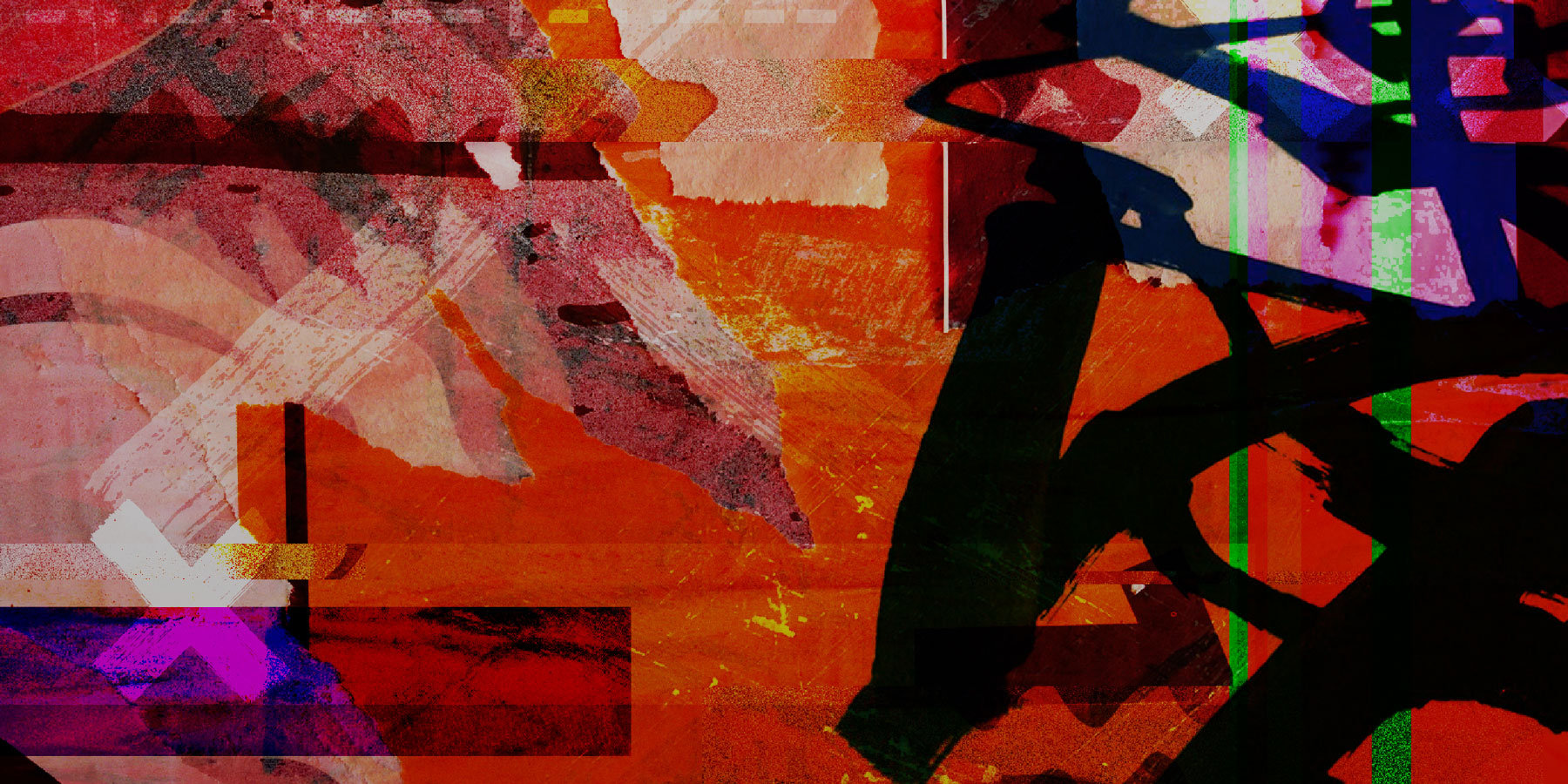Matt DeVille, VP of Digital, shares why any experience that is worth having takes time and thought to create (and that means saying no to spec work and yes to discovering, diagnosing, gaining consensus, and building a strategy—together).
Spec Work. Virtually every designer has done it before and we all know how it makes us feel: cheap, exploited, commoditized. Beyond our feelings as creatives, why is it bad for marketers?
1) You Deserve Better
We’ve discussed before that there are no quick fixes. Marketing, developing a brand that consumers respect, building a website that converts, crafting an animation that makes a complicated subject understandable—from the big picture to the small project—all of these activities take time, energy, conversation, and collaboration.
It’s tempting to think of spec work as an audition: “Wow us and we’ll know you’re the one for the job.” Sorry. This isn’t theater and it sure isn’t a magic act.
Do you hire creative services? Then you need to hear this—if you take your business seriously, put in the time to work with a partner. You deserve to work with a firm that demonstrates a broad range of creative approaches.
A trustworthy team will bring a point of view during the sales process. Sometimes creatives present rough sketches during a pitch or bounce ideas around…it gets the conversation going. However, if the team comes to the pitch with a fully formed solution, you should be suspicious.
A trustworthy team will bring a point of view during the sales process.
A great team is able to recognize when initial ideas are wrong and adjust the strategy to align with reality.
Ideas, concepts, aesthetics, functionality—all of these need to be vetted, tested, proven. Don’t be fooled by the promise of an uninformed creative answer. That’s spec work, and it doesn’t work.
2) False Hope
Early in my career, I worked on an RFP for a major art museum. A coworker and I went wild—we designed multiple iterations of how the website might look and crafted an elegant and thoughtful proposal. We allowed ourselves to be filled with false hope. How could we not win?
Easily. As with many RFPs, there was a preferred vendor already in place. The whole RFP process was a mere formality.
Spec work gives the designer and the client false hope. Especially if the client thinks that a brilliant idea is out there, just waiting to be shared with them.
3) False Assumptions
Most spec work is built on faulty, if not outright false, assumptions. Clients often ask for spec work without providing insight into the problems they are trying to solve.
A better way of working is to talk in depth about your challenge (more sales are needed), your insights into what has worked before (a PPC campaign helped heat up incoming leads), what your goals are, and how you will measure success. This takes time and the willingness to work on a solution together.
Since spec work skips important steps—discovering, diagnosing, gaining consensus, building a strategy—it’s just window dressing on a house that hasn’t been built yet.
Since spec work skips important steps—discovering, diagnosing, gaining consensus, building a strategy—it’s just window dressing on a house that hasn’t been built yet. A theoretical solution to a problem that hasn’t been defined.
4) Good Work Takes Time
We live in a time where it’s easy to think of content and design as a commodity. Marketers are confronted with ads selling solutions that offer a shortcut to success. From off the shelf design solutions to content farms offering custom content from a crowdsourced roster of writers, there is a lot of noise.
Good work is the product of a relationship between client and designer. It goes like this: the client talks, the designer listens. Points of view are formed, debated, validated, or nullified.
Design, in essence, is a conversation: first between client and designer, then between the designer and the world. Let’s talk.
Do It Right
Any experience that is worth having takes time and thought to create. We’re so passionate about the art, science, and design of experiences, we started a podcast on the subject. Stay tuned!

